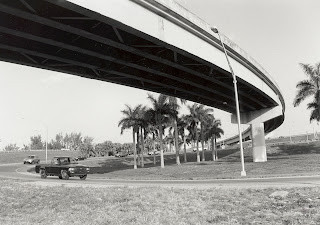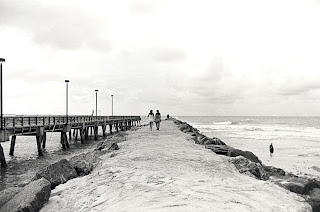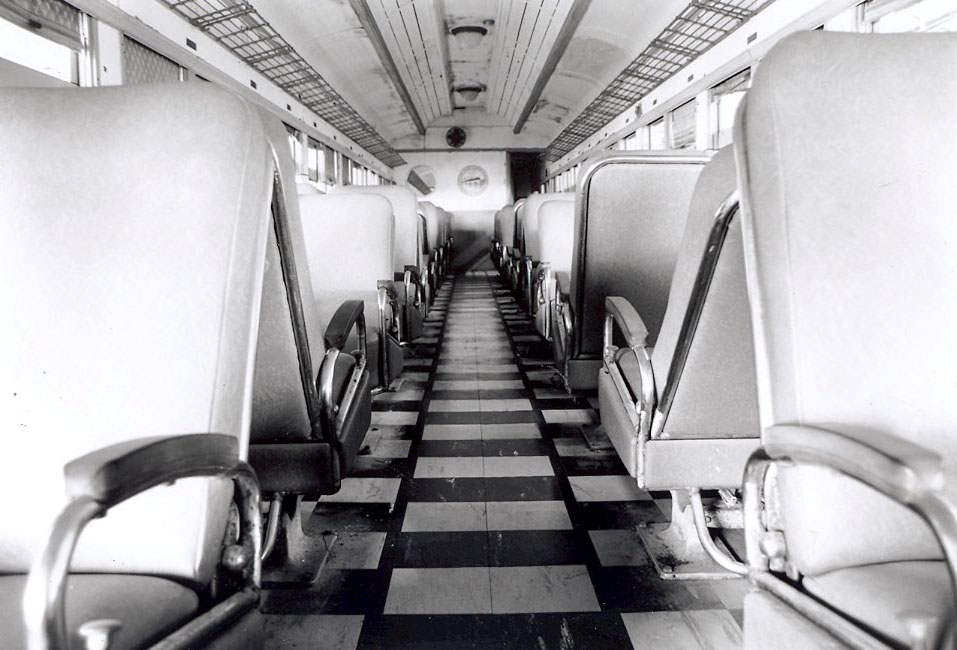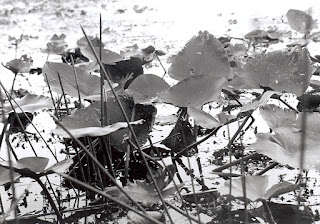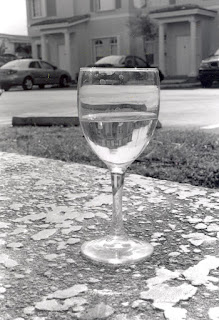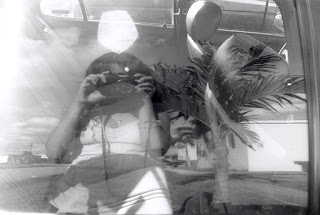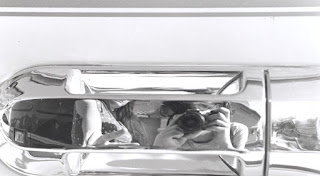ROLL DUE
A: THURSDAY - 4/19
B: WEDNESDAY - 4/18
Creative Photography I
Wednesday, April 4, 2018
PERSPECTIVE/SPACE
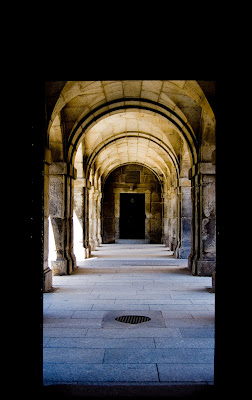
OBJECTIVES
The aim of this photo assignment is to experiment with perspective to find the most effective viewpoint and improve the composition of your image. The choice of viewpoint, the position from which you photograph the subject, can have a profound impact on the quality of your images.
WHAT TO DO
Look at examples of images for perspective and space. You are going to experiments with different viewpoints, worm’s eye, bird’s eye or eye level, photograph something - anything - from close up, far away, from all different angles and in different lighting situations, to create a less common perspective of otherwise familiar subjects. You are looking for space within perspective, lines, objects or things that recede into the distance. You can find space/perspective within an open space or tight, confined areas.
WHAT NOT TO PHOTOGRAPH: streets, streets and more streets, sidewalks or the obvious! PLEASE BE CREATIVE WITH WHAT YOU’RE LOOKING FOR. Space can be found everywhere!
Look at examples of images for perspective and space. You are going to experiments with different viewpoints, worm’s eye, bird’s eye or eye level, photograph something - anything - from close up, far away, from all different angles and in different lighting situations, to create a less common perspective of otherwise familiar subjects. You are looking for space within perspective, lines, objects or things that recede into the distance. You can find space/perspective within an open space or tight, confined areas.
WHAT NOT TO PHOTOGRAPH: streets, streets and more streets, sidewalks or the obvious! PLEASE BE CREATIVE WITH WHAT YOU’RE LOOKING FOR. Space can be found everywhere!
PHOTOGRAPHERS DIRECT
PHOTO COMPOSITIONARTICLES
BETTER PHOTO
EXPOSURE
By now you should have a full understanding when metering and which techniques should be applied.
We discussed several metering techniques that should improve your exposure on your negatives! PLEASE USE IT.
Many of you are not metering properly or AT ALL. It is crucial that you do, because without properly exposed negatives you will not have good prints!!!!
Spot Metering: to spot meter, you must zoom and fill in your frame with the area you would like to meter specifically. Set your aperture, meter, set your shutter speed and re-compose you image.
Metering for 18% grey: Unless you have a grey card, you must use this technique to meter. Find you shadow, or a shadow around you. Zoom and fill in your frame with the area you would like to meter specifically. Set your aperture, meter, set your shutter speed and re-compose you image.
Many are still experiencing the typical “camera shake”. Remember the shutter speed for a hand held camera must be as fast as the lens focal length. Otherwise the picture is likely to be blurry due to camera motion. A normal 50 mm lens requires 1/60th of a second or faster when hand-holding the camera (1/60th is shown as a simple 60 on the camera). Wide angle lenses (28 mm or 35 mm) can be sharp at 1/30th of a second. A 100 mm telephoto lens requires 1/125th of a second for a hand-held camera.
Adjust the shutter speed and the aperture according to the light meter's recommendations. Ask about this if you are not certain.
THINGS TO DO AS YOU ARE TAKING THE PICTURES
Look at your notes for creating a good composition. Keep these tips in mind.
· Vertical/horizontal
· Different point of view
· Rule of thirds
· Content/subject
· Get close
· Fill the frame
· Depth of Field
· Avoid distracting backgrounds
· Leading lines
· Shapes
· Contrast
· Emphasis
· Balance
· Sharpness
LOADING THE CAMERA
Failure to properly load the camera results in totally blank transparent negatives with only frame numbers showing along the edge.
Follow these steps (unless you have a motor drive):
1. Check your film speed and set the camera's ASA.
2. Install the film being sure to attach it to the take-up spool and repeatedly operate the advancing lever (squeezing shutter button as needed) until both top and bottom sprockets are engaged in the film sprocket holes.
3. Close the camera back.
4. IMPORTANT. Turn the crank as the arrow indicates until the film is snug, but do not force it.
5. While watching the crank, advance the film 2 times (squeezing shutter button as needed). If the crank turns, the film is properly moving. If the crank does not turn, open the camera and reattach the film leader and try again. Repeat steps 4 and 5 until it works correctly.
6. After each picture, observe the rewind crank as you advance the film. If turns while you advance the film all is well.
7. At the end of the film, don't force it. The film can break off if forced.
8. If you can keep advancing it forever, cry now. The film was never connected in first place or it broke. Don't rewind or open the camera, but open it in the totally dark film loading room to see if the film can be salvaged (feel free to ask for help). Do not touch the fragile shutter or mirror in your camera.
PROCESS FILM AND CONTACT PRINT THE NEGS
See appropriate instructions and in-class demonstrations. After processing examine the negatives for exposure and contrast range. Note any irregularities and be sure to find out the reason for them. Create a contact sheet with your negatives. It is easier to make compositional choices from positive than from negatives. It is better to make exposure choices from the negatives themselves. Circle or mark at least 5 photos that you feel are your best. Make sure they are marked before turning them to be graded.
PRINTING
Save every test strip and ruined piece of paper used while printing this assignment. We will discuss this during critique. We can often think of ways to cut waste and your cost. A certain amount of waste will always happen. It is not counted against you in the grade, but you pay for the paper.
____ 1. Print 5 prints (5x7 inches).
____ 2. Print at least two 8x10 from the negative you like best. Be sure to print a full range of contrast in this print with some white-white and some black-black. Include all possible textural information in all the tonal areas including the light and dark parts of the print. This is the final print for this assignment. This will be printed after critique.
FEEDBACK
During critique you will be able to discuss the results with the instructor and students in class. Bring all prints, wasted paper, negatives, contacts, shooting record and printing records.
Monday, February 26, 2018
Subscribe to:
Comments (Atom)

